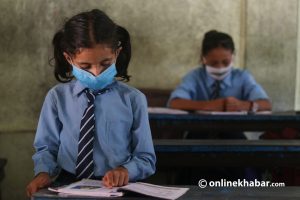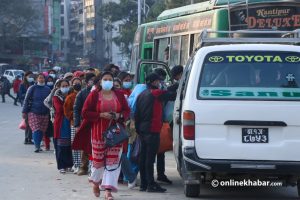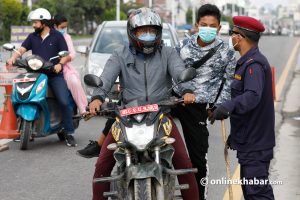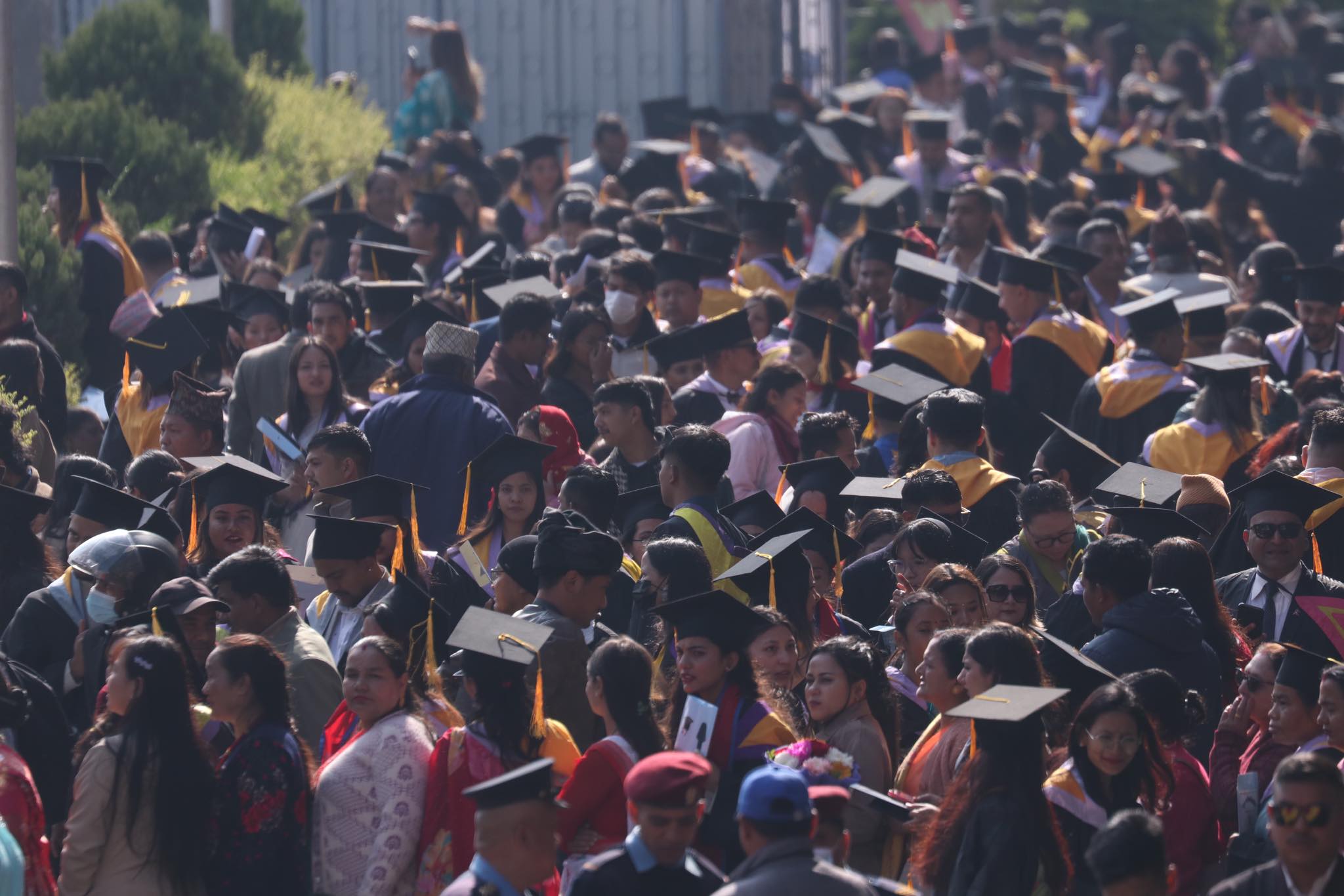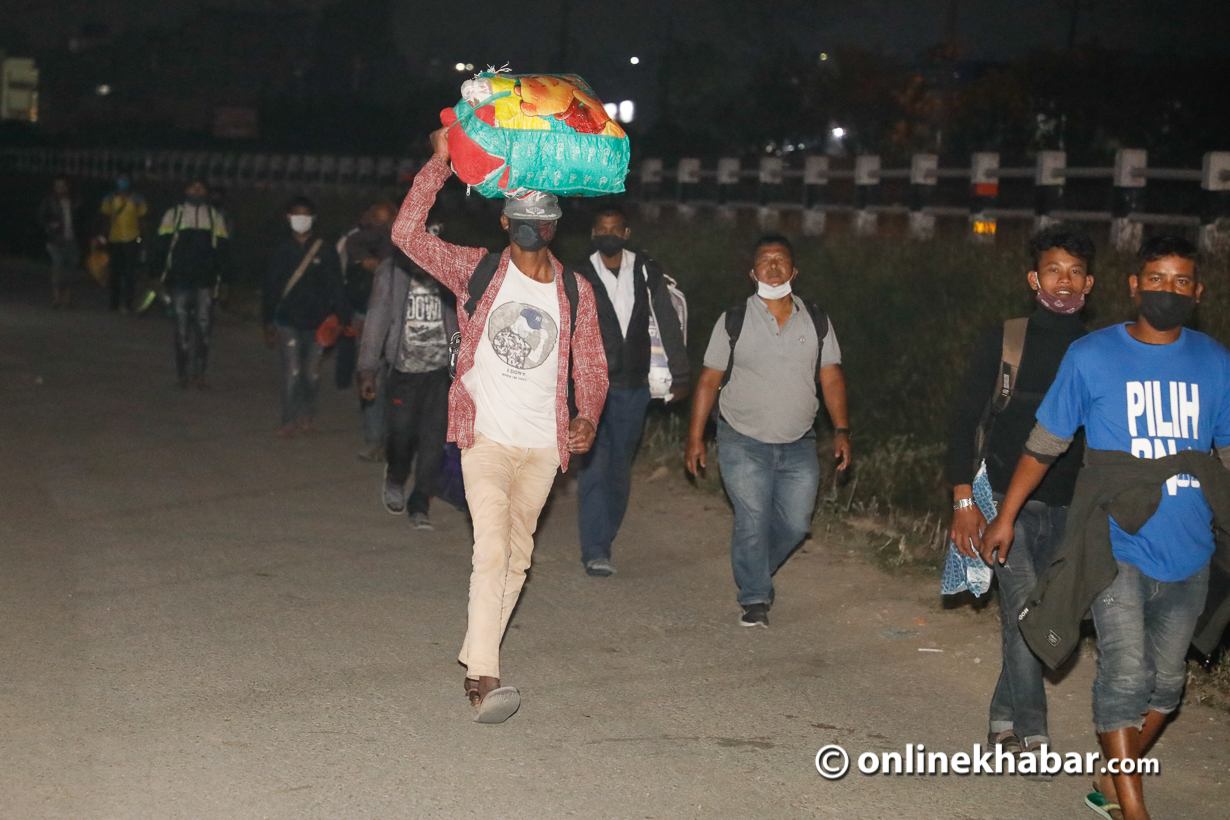
What kind of lockdown is ideal? Most probably, an ideal lockdown is not compatible with common people for a long period. Therefore, one should introduce it at the right point of time. India extended the lockdown till May 3, but the country is expected to reach the peak of Covid-19 outbreak during June-July 2020. Nepal, being its immediate neighbour, may also assume its peak at the same time. So are we in a position to extend the lockdown like our neighbour?
We are limiting all our available resources before the Covid-19 pandemic hits the country. While counting the total Covid-19 patients to 16, we have already had lockdown for three weeks. Thus, we can honestly question our resources and preparations when it reaches the climax.
The Government of Nepal has extended the lockdown for 12 days. A further extension will certainly increase the hardship of citizens. Is introducing the ‘pandemic emergency’ for a period of time an answer to this hardship?
The government should also introduce tools to maintain social and economic activities. It may provide a certain degree of ease in the daily life of lockdown-suffered citizens, at the same time checking the transmission of the disease. A significant increase of Covid-19 cases can be documented during the period of emergency, which can help policymakers to reevaluate the government’s strategy. It can bring effective lockdown into action.
Epidemiologists, clinicians and public health experts strongly recommend social distancing and practicing hygienic measures to flatten the curve of Covid-19 pandemic. How social distancing can be effectively implemented is at the crux of current discussions. Based on their own need and unique situation, governments of various countries are adopting different strategies in containing the pandemic. A strict lockdown per se is very effective to slow down the speed of transmission and therefore to flatten the pandemic curve, thus helpful in ensuring the health services are not overwhelmed by the infected cases in a high number.
However, there should be some emergency measures that will provide a much-needed window period to the lockdown-fatigued citizens to gather some motivation and strength, physically and psychologically. Remember, the harsh conditions of the lockdown should not break us emotionally and psychologically, but we should break the pandemic. We should remain prepared for it.
I am aware of the risks and challenges of this pandemic. What makes me concerned is we do not understand this disease clearly yet and the vaccine is so far. This pandemic is going to teach us a lot in the months to come. But one may say, at this time, we do not have any curve to flatten in Nepal which requires the lockdown.
We should not forget that a long span of lockdown will certainly have short and long-term implications over the health of the population. Just having Covid-19 patients in a less number is not enough to preserve the health of the citizens. In addition, economic activities and health are interconnected. Today’s need is all about taking a calculative and balanced action in combating this pandemic. Whichever approach we follow, we should act as one country and one government. The government, Nepali communities, governmental institutions and health workers of Nepal should work hand in hand in winning the war against Covid-19.
Shrestha is a non-resident Nepali doctor working in Switzerland. He is a radiation oncologist interested in public health issues.





